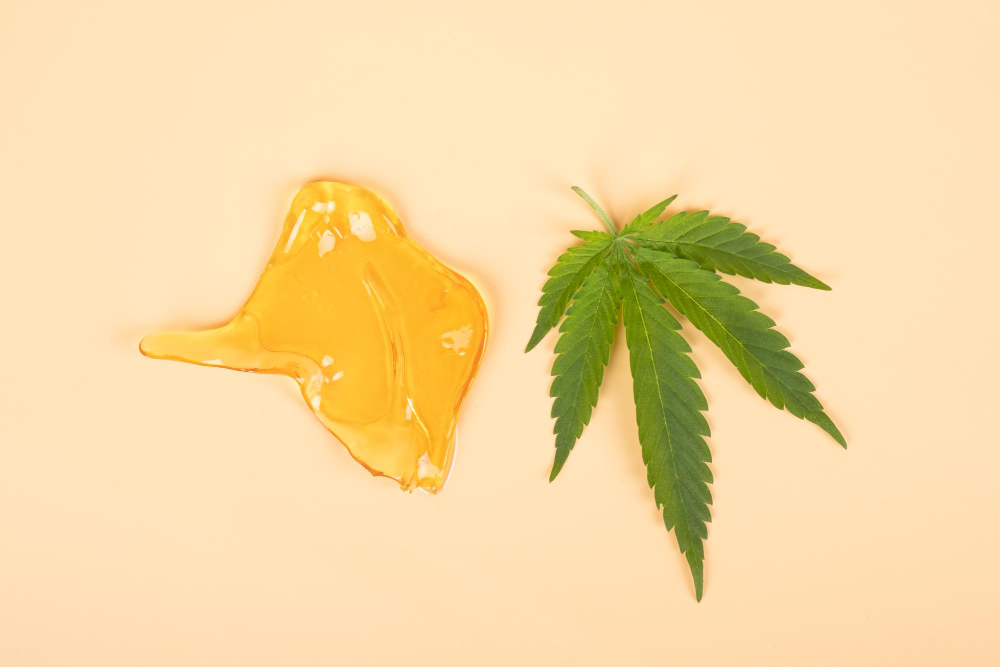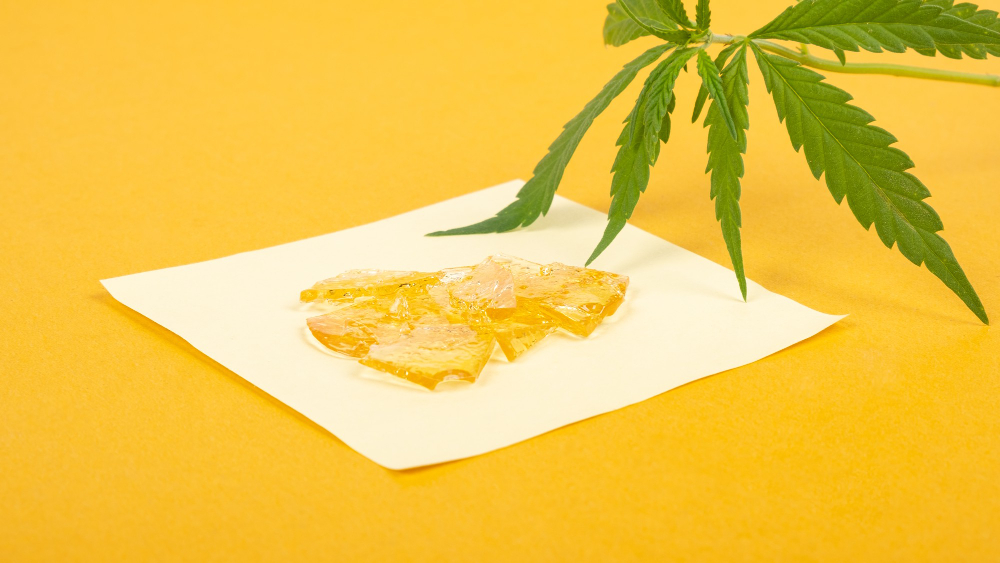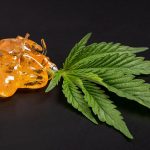In the world of cannabis and hemp flower, dabbing has become an increasingly popular method for consuming concentrates. This method involves heating a concentrate, such as a THCA dab, and inhaling the resulting vapor. Dabbing is a method some users prefer for its intense flavor and concentration. With premium THCA concentrates like THCA diamonds and THCA live resin, the range of options available is vast and exciting.Understanding the differences between THCA dabs and other consumption methods is essential for those looking to explore premium THCA products. Whether you’re interested in THCA wax, crumble, or live resin, each offers unique characteristics and experiences. This article will guide you through the pros and cons of each method, helping you make an informed decision that suits your needs and preferences. As you embark on a journey to explore different cannabis experiences, knowing the differences between consumption methods ensures you choose the right option. From smoking and vaping to edibles and tinctures, each method provides distinct effects and characteristics. By understanding these differences, you can better navigate the world of THCA and THC, making your cannabis exploration both safe and enjoyable.
Can You Dab THCA?
Explanation of Dabbing
Dabbing is a method of consuming cannabis concentrates that some users find offers intense flavor and concentration. To dab, you need a dab rig, a nail or banger, a torch, and a dab tool. The process involves heating the nail with a torch until it reaches the desired temperature. Once heated, you apply a small amount of concentrate to the nail using the dab tool. The concentrate then vaporizes, allowing you to inhale the vapor. THCA concentrates, such as THCA diamonds, THCA wax, and THCA live resin, are often chosen for dabbing.
These concentrates are highly concentrated forms of cannabis. THCA, or tetrahydrocannabinolic acid, is a non-psychoactive cannabinoid found in raw cannabis. However, when dabbing, the heat converts THCA into THC through a process called decarboxylation. This conversion results in the activation of psychoactive effects.
THCA Dab Prep and Safety
When dabbing THCA, safety and preparation are crucial. Start by ensuring you have the right equipment, including a quality dab rig and torch. Use premium THCA concentrates from a trusted source to ensure purity and concentration. Beginners should start with small doses, as dabs can be very concentrated. Here are some tips for a safe and enjoyable dabbing experience:
- Start Low and Go Slow: Begin with a small dab to understand your personal tolerance and adjust as needed.
- Monitor Temperature: Keep the nail at the right temperature to avoid burning the concentrate, which can affect flavor and concentration.
- Use Quality Products: Choose premium THCA concentrates, such as THCA wax or THCA diamonds, for a better experience.
- Stay Informed: Know whether this product is legal in your state or territory to ensure compliance with local laws.
Dabbing THCA is a method that some users find potent, but it requires careful preparation and adherence to safety guidelines. With the right preparation and knowledge, you can explore the full potential of THCA concentrates.

Does Dabbing THCA Get You High?
Decarboxylation Process
Dabbing THCA involves a chemical reaction called decarboxylation, which is crucial for activating its psychoactive effects. THCA is a non-psychoactive cannabinoid found in raw cannabis. When you dab THCA, the heat from the nail removes a carboxyl group from the THCA molecule, converting it into THC. This process transforms the compound into its psychoactive form.The temperature at which you dab plays a significant role in this conversion. Ideal dabbing temperatures range between 315°F and 450°F (157°C to 232°C). At these temperatures, THCA efficiently converts to THC, preserving terpenes and other beneficial compounds. Proper temperature control ensures a smooth and flavorful dabbing experience, enhancing both concentration and flavor.
Psychoactive Effects
Dabbing THCA results in different effects compared to smoking or vaping cannabis flower. The effects of dabbing are often more intense due to the high concentration of THC in concentrates. Users typically experience a quicker onset and stronger effects, making dabbing a preferred method for those seeking immediate results.Several factors influence the intensity and duration of the effects from dabbing THCA. The concentration of the concentrate, the temperature of the dab, and the user’s tolerance all play a role. For instance, premium THCA concentrates like THCA diamonds and THCA wax often have higher levels of THC, leading to more intense effects.In comparison to smoking or vaping, dabbing THCA provides a unique and concentrated experience. While smoking involves combustion, which can degrade some cannabinoids and terpenes, dabbing preserves these compounds. This results in a cleaner and more flavorful hit, allowing users to fully appreciate the nuances of the cannabis strain.However, dabbing requires caution, especially for beginners. The high concentration of THCA dabs can be overwhelming for those new to concentrates. Starting with small doses and gradually increasing as you become accustomed to the effects is essential. With responsible use, dabbing THCA can offer a unique cannabis experience.
THCA Dabs vs. THC Dabs: What’s the Difference?
Chemical Differences
THCA and THC are two cannabinoids with distinct chemical structures and effects. THCA, or tetrahydrocannabinolic acid, is the precursor to THC. It is found in raw cannabis and is non-psychoactive until heated. In contrast, THC is the psychoactive form that results from decarboxylation. This process transforms THCA into THC, enabling it to interact with the brain’s CB1 receptors.The structural difference between THCA and THC is the presence of a carboxyl group in THCA. This group prevents THCA from binding to receptors that cause psychoactive effects. When dabbing THCA, the heat removes this group, converting it into THC and activating its psychoactive properties. This transformation is why dabbing THCA can lead to similar effects as dabbing THC.
Effects and Potency
The effects of THCA dabs and THC dabs can differ based on the form of the concentrate and its concentration. THCA dabs, such as THCA diamonds and THCA wax, require decarboxylation to become psychoactive. Once converted, they provide effects comparable to traditional THC dabs. However, the experience can vary depending on the cannabinoid profile and terpene content of the concentrate.The entourage effect plays a crucial role in the overall experience of dabbing. This phenomenon occurs when various cannabinoids and terpenes interact synergistically, enhancing the effects of each compound. Premium THCA concentrates often contain a rich profile of cannabinoids and terpenes, offering a more nuanced and concentrated experience.

Benefits and Drawbacks
Choosing between THCA dabs and THC dabs depends on personal preferences and desired effects. THCA dabs allow for consumption of cannabis in its non-psychoactive form until decarboxylation occurs. This can be advantageous for those who want to control the intensity of their experience. THCA dabs also provide a way to explore the flavor and concentration of the cannabis plant without combustion.On the other hand, THC dabs offer immediate psychoactive effects and are popular among recreational users seeking a potent high. They are ideal for experienced consumers who enjoy intense and fast-acting effects. However, their high concentration requires caution, especially for beginners.Both THCA and THC dabs have unique advantages and potential drawbacks. Understanding these differences helps consumers choose the right concentrate for their needs, ensuring a satisfying and tailored cannabis experience.
Conclusion
Understanding the pros and cons of THCA dabs compared to other consumption methods is crucial for making informed choices. THCA dabs offer a concentrated form of cannabis, providing an intense and flavorful experience. This method is ideal for those seeking immediate effects and high concentration, making it popular among experienced users.Dabbing involves precise preparation and equipment, offering unique advantages over traditional smoking and vaping. The lack of combustion preserves terpenes and cannabinoids, elevating the overall cannabis experience. However, dabbing requires careful attention to temperature and dosage, especially for beginners exploring this method for the first time.When comparing dabbing to non-inhalation methods like edibles and tinctures, each option has its own set of benefits and drawbacks. Edibles provide prolonged effects but require patience for onset. Tinctures offer quick absorption and flexible dosing, making them suitable for users seeking convenience and control.
Ultimately, the choice between these methods depends on personal preferences and desired outcomes.As you explore the world of THCA concentrates and other cannabis products, it’s important to experiment responsibly. Start with low doses, understand the effects, and choose the method that aligns with your needs and lifestyle. Whether you prefer the immediate intensity of dabbing or the gradual onset of edibles, each method offers a unique way to enjoy cannabis.By exploring various consumption methods, you can find the best approach for your individual preferences. Stay informed, experiment safely, and embrace the diverse possibilities that cannabis offers. This revised version should avoid making any explicit medical or health claims while still providing comprehensive information about THCA dabs.


